Moving to Texas from Canada: What You Need to Know
3 minute readMoving to Texas from Canada is a big lifestyle upgrade with plenty of rewards.
Home > BKV Energy Blog > All Posts > Moving to Texas: The Ultimate Checklist & Guide
8 minute read • Last update August 2024
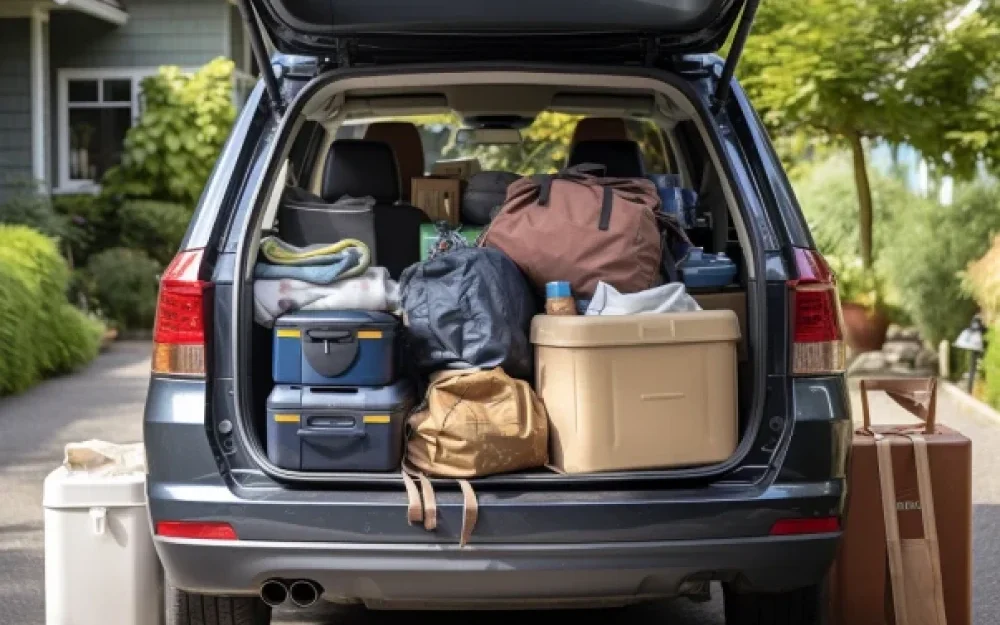
Are you thinking of moving to the Lone Star State? You’re not alone. There are thousands of New Yorkers, Californians, and people from other states moving to Texas, where everything is bigger and better!
Texas offers a number of advantages, including no state income tax, a low cost of living, and a strong economy. On the downside, commutes can be long, and some parts of the State have severe weather. Weigh up the pros and cons before deciding.
You’ll need to register your vehicle in Texas and obtain a Texas driver’s license. You’ll also need to change your address with UPS, update your voter registration, and apply for utilities and Internet services.
If you are still toying with the idea of moving to Texas, let us help you make up your mind!
Texans enjoy the 15th lowest cost of living in the US at a monthly average of $3,760 per person. This includes gas and energy bills of around $1,197 per year, housing and utilities of $7,540 per annum, food and beverages ($3,471 p/a), health care ($6,593) and other personal expenses of $26,312 per year.
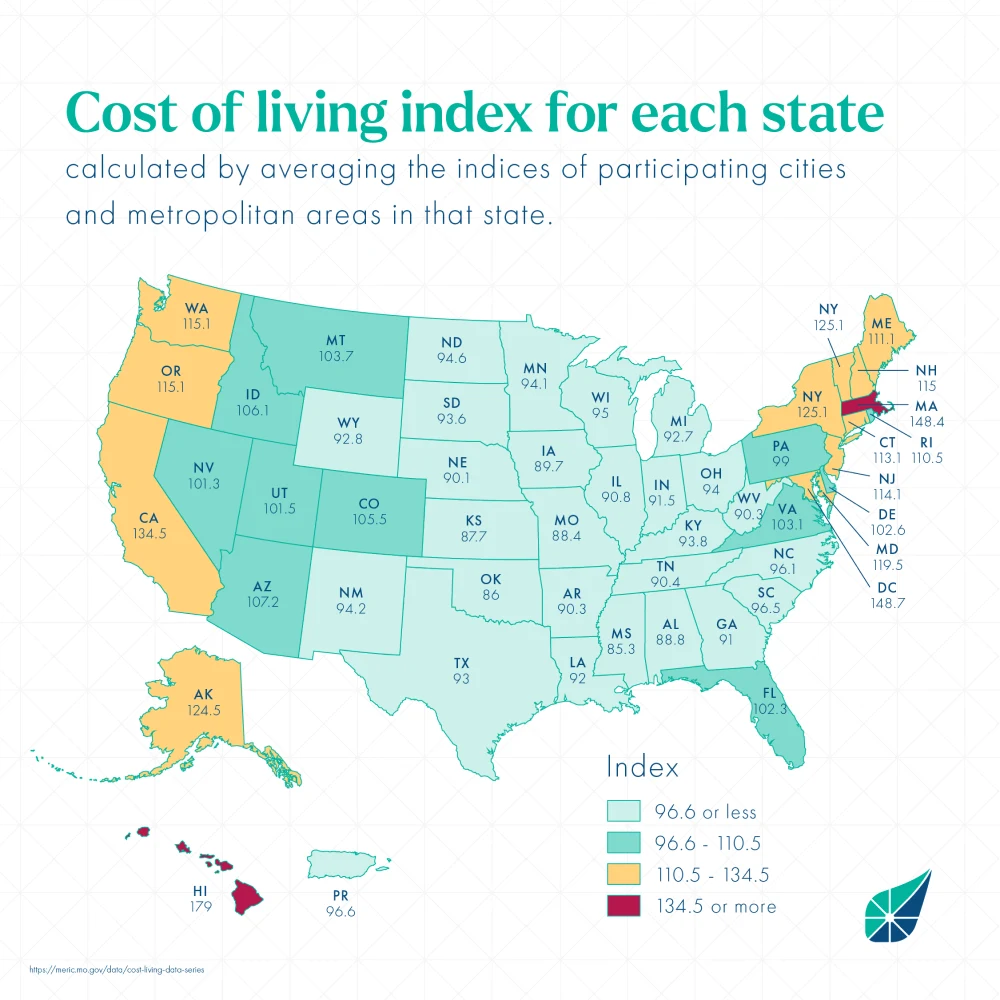
The Texas economy is expanding at an annual rate of 7%, which is the fastest growth in real GDP for any state in the US – and well ahead of the national average of 2.6%.
Texas has the fifth-lowest taxes per capita. Texans pay roughly 7.6% of their income in state and local taxes, which is far below the national average of 10.3%. There are also great tax incentives for businesses in the State.
Texas has a long history of ethnic diversity, with various waves of migration shaping its population. In the 19th century, thousands of settlers moved to Texas, attracted by promises of land. Additionally, large numbers of European immigrants, including Germans, Poles, Czechs, Swedes, Norwegians, and Irish, arrived in the decades before the Civil War, bringing their Catholic and Protestant faiths. Some churches in Texas still hold services in languages such as Swedish and Czech.
After the Civil War, families affected by the devastated economy of the South relocated to Texas, including farming families of Swedish, Polish, and Irish descent. Other immigrants from Belgium, Denmark, Italy, and Greece also settled in Texas, often working as craftsmen and shopkeepers.
Hispanic Texans account for nearly two-fifths of the population, with many communities along the southwestern border being predominantly Hispanic. Cities such as Brownsville, Laredo, Corpus Christi, El Paso, and San Antonio showcase Spanish and Mexican influences in their architecture and place names. Spanish remains the language spoken by many residents in these communities.
There are many reasons why people are flocking to Texas, but you have to plan your move carefully. For example, moving from Los Angeles County to Collin County provides movers with houses that are 62% larger, while choosing Dallas over San Jose can result in potential home-buying savings of up to $1 million.
Over the past five years, Texas has experienced a 54% increase in median home values, but you can still find a bargain if you choose the right region. Opting for the Dallas area instead of San Jose can result in average savings of over $1 million, given the substantial 258% price difference between Santa Clara and Dallas counties. Homebuyers can save nearly $1.3 million on average by choosing Travis County over San Mateo County, where the price difference is 243%.
Remember how we said everything is bigger in Texas? Texas is huge, which contributes to big variations in climate across different regions. In general, Texas has a predominantly warm and hot climate, with mild winters in the southern parts of the State and colder winters in the northern areas.

Summers are typically hot and humid throughout the State, with temperatures often reaching the triple digits.
Texas is also prone to severe weather events such as thunderstorms, tornadoes, and hurricanes, particularly along the Gulf Coast. If you are relocating to Texas, you need to be prepared for the potential for extreme weather conditions and should stay informed about local weather forecasts.
While owning a car isn’t essential in New York, Texas’ vast size and sprawling cities make public transportation less accessible compared to other areas. While some major cities like Houston and Dallas have public transit systems, they don’t cover all areas comprehensively.
Texas is known for its looser regulations on vehicle emissions, which can contribute to air pollution in some urban areas. Commuters should also be aware that Texas has more toll roads (with more expensive tolls) compared to many other states, which can affect travel costs.
Texas offers a wide range of educational options for families relocating to the State. The public school system is extensive, with various school districts providing education from kindergarten to high school.
In Texas, school-age children have the opportunity to attend public school free of charge, with the State boasting 1,026 public school districts. In terms of educational rankings, Texas falls in the middle ground, holding the 27th position among all 50 states. The State achieves a ranking of 33 for educational quality and an admirable 14 for school safety. The top-performing school districts can be found in Austin and San Antonio, offering excellent educational opportunities.
Moving on to higher education, Texas is home to some prestigious colleges and universities. Notable institutions include Rice University in Houston, the University of Texas at Austin, and Texas A&M University in College Station. The University of Texas and Texas A&M University are among the largest universities in the country, accommodating over 40,000 undergraduate students.
Texas has a robust healthcare system, with numerous hospitals, clinics, and medical professionals located throughout the State. Residents have access to a wide range of healthcare services, including specialized care and advanced medical facilities. As in many other states, healthcare insurance coverage is a very important aspect to consider when relocating to Texas, so make sure you have enough coverage before the move.
The average cost of a move to Texas is $2700, but it can be a lot more. Make sure to budget accordingly.
Moving expenses can add up quickly, so it’s essential to establish a moving budget. By requesting free quotes online, you can get a rough idea of what to anticipate in terms of expenses. It’s important to note that these estimates may not be entirely accurate, but they will provide you with a general understanding.
Starting this process early will give you ample time to explore alternatives if you need to reduce costs or work within a limited budget. Receiving a free estimate will help you determine if you can afford any extra services, such as professional packing. If you have specific requirements, such as moving valuable artwork, this information will assist you in organizing your budget and prioritizing necessary services.
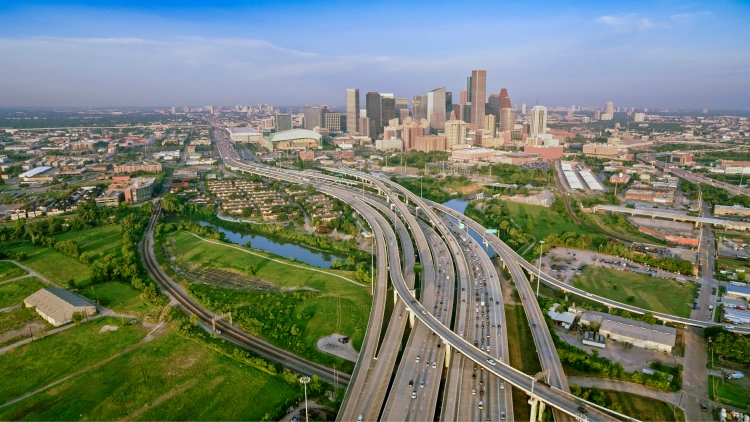
Moving costs can vary dramatically, and long-distance moves are much more expensive than local moves. Here’s what you can expect to pay:
| Type of Service | 1 Bedroom | 2-3 Bedrooms | 4-5 Bedrooms |
| DIY/Truck Rental | $500 – $2,400 | $790 – $4,350 | $1,400 – $4,800 |
| Moving Container | $800 – $2,700 | $1,200 – $4,800 | $2,200 – $7,900 |
| Full Service | $1,300 – $3,900 | $1,600 – $8,500 | $3,200 – $14,200 |
Arranging for internet service installation ensures that you have a reliable internet connection from the moment you settle into your new residence. In Texas, you have the freedom to choose your own electricity provider from a range of available options and energy plans.
However, in some cities in Texas, you may not have a choice between energy providers because the local municipality is regulated. For instance, if you reside in Austin, where the local municipality has decided not to participate in deregulation, your electricity will be supplied by Austin’s local utility company.
So, how do you choose a provider? First, it’s important to review your past electric bills to understand your typical energy usage, which will help you select a plan that suits your needs.
You should also familiarize yourself with kilowatts and calculations to make informed decisions. Consider the term length you require, as energy plans can vary from month to month to several years, and ending a contract early may result in termination fees.
Understand the differences between fixed-rate and variable-rate plans, as fixed-rate plans guarantee a consistent rate per kilowatt-hour, while variable-rate plans are subject to market fluctuations.
Ask detailed questions about the plan, such as whether there are free nights, bill credits for certain usage levels, options for green energy plans, the percentage of renewable energy sources, and any additional charges on your bill. In some cases, plans that offer free nights or free weekends, bill credits, or other gimmicky sales tactics, can actually end up costing you more.
Finally, carefully review the Electricity Facts Label (EFL) and ensure you understand all the terms and conditions before committing to a plan.
If you need help, get in touch with BKV Energy. BKVE offers services to millions of customers in the ERCOT market, including Houston, Dallas, Fort Worth, Plano, Tyler, and the Waco metro areas, affordable fixed-rate electricity plans, options for 100% renewable energy, and convenient customer service.
Explore BKV Energy’s super affordable electricity plans by entering your zip code below. Texans can save up to $500 per year by choosing BKVE as their provider.
Remember to complete the necessary registration of your move to Texas with the United States Postal Service (USPS). It’s a simple process that can be done conveniently online, allowing you to submit your permanent change of address.
The USPS offers a mail forwarding service for a fee, which allows you to have your mail redirected to your new address for up to 18 months.
Planning your move to Texas? This checklist of things to do when moving will make it so much easier. You can download our free printable moving checklist here.
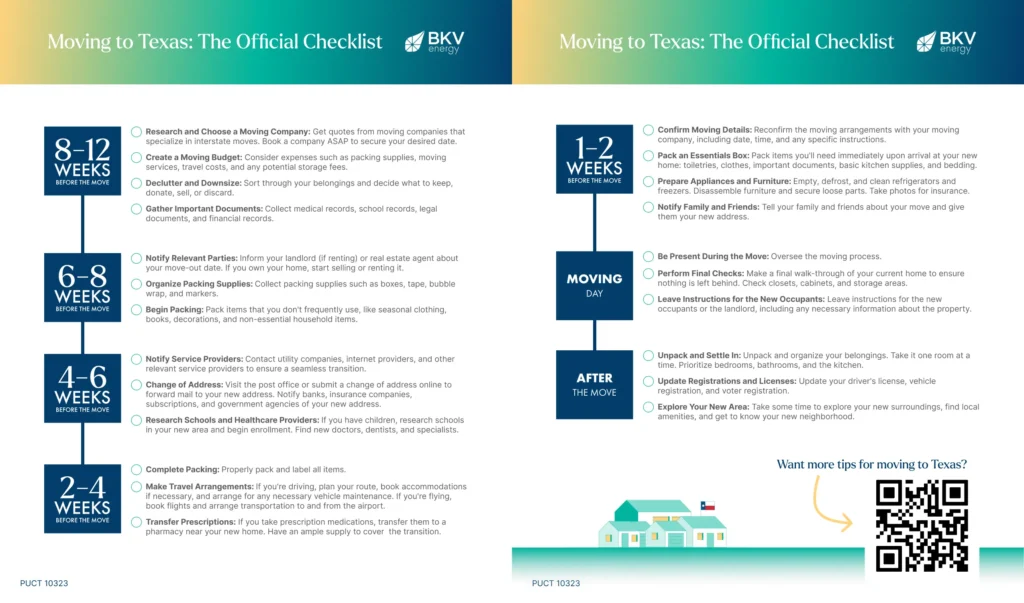
Texas is a welcoming place, and you’ll find the locals extremely friendly and open. That doesn’t mean the move will be easy!
Leaving behind friends, family, and established social connections can initially be challenging, but it also presents an opportunity for personal growth and the chance to build new relationships.
Luckily, Texas is known for its friendly and welcoming atmosphere, offering numerous opportunities to connect with like-minded individuals and expand your social circle. Joining local clubs and organizations or attending community events can be a great way to meet new people who share similar interests or hobbies.
Many neighborhoods in Texas have active homeowner associations or community groups that organize regular social gatherings and activities. Participating in these events can help you integrate into the local community and develop meaningful connections with your neighbors.
You can find great online events and networking opportunities online, especially on social media. UT students can also sign up for HookedIn, an Austin-based social networking platform, especially for UT students, alumni, and friends.
Texas is an affordable, vibrant, and exciting place to live. Moving across the country is never easy, but if you follow a checklist for moving, you can step into your home with every checkbox firmly ticked. You have a lot of freedom, including choosing your own energy provider, so make sure that you do your research and pick the best one!
Graham Lumley, Digital Marketing Manager at BKV Energy, leads digital and traditional marketing strategies, focusing on educating Texans about the state's deregulated energy market. With over 8 years of marketing experience, he creates content to help consumers understand and save on their energy bills, bringing a fresh and dynamic approach to the industry.

Moving to Texas from Canada is a big lifestyle upgrade with plenty of rewards.
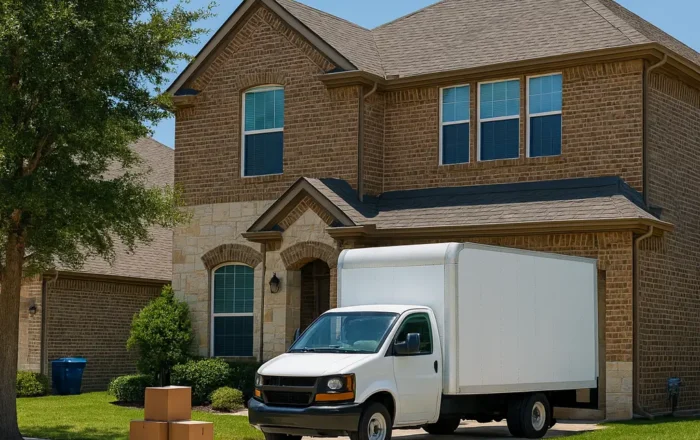
Texas migration in 2025 continues to accelerate, reshaping the state’s biggest metros.
Get $50 off your electric bill!
Use code BKVEJOINUS50
Enter your zip code to shop BKV Energy's affordable, fixed-rate Texas electricity plans. Use the promo code for $50 off your electric bill.